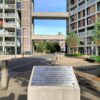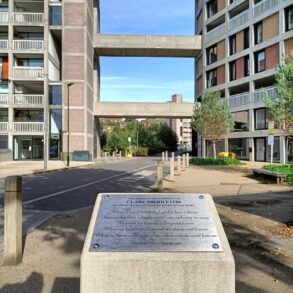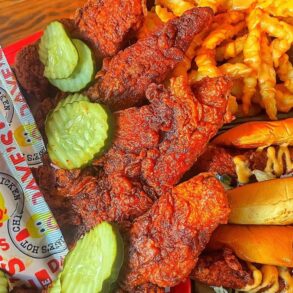
SAN ANTONIO (WOAI/KABB) — More than $1 million – that’s how much the city of San Antonio spends annually on graffiti removal. The figure is, some years, five times more than what the city of Austin spends.
But, as the I-Team discovered what the city considers graffiti is pretty broad.
To show just how much more the city spends, take last year. San Antonio spent $1.6 million to remove graffiti across the Alamo City. That’s more than what Austin has spent addressing the same issue over four years combined.
So, what is considered graffiti in both municipalities?
Joshua Hinson, a chalk artist, probably can. Hinson created murals across the city and has faced arrests and citations, but in Austin?
“I feel like the response from the people, I feel like San Antonio is even more positive,” Hinson said. “But, whenever it comes to Austin, the police love it. It’s usually no bother at all.”
Hinson is currently fighting two citations issued to him by San Antonio law enforcement for having chalk and for crafting washable chalk murals on city sidewalks.
He’s had a dozen interactions with law enforcement this year alone because the city’s graffiti ordinance explicitly includes chalk.
He says he keeps making these murals in defiance of the ordinance because it spreads positivity and beautifies sidewalks, something he believes shouldn’t be criminalized.
And, something one councilman recently tried to address.
“The way the graffiti code is written makes it so that any washable chalk, even on public streets and sidewalks is a citable or arrestable offense,” said District 2 Councilman Jalen McKee Rodriguez. “That opens the door to criminalize communities, young people, folk who are just drawing or writing sidewalk chalk, which comes off in the rain, fades away very quickly, it’s not paint. It’s not graffiti.”
In fact, research shows that colorful murals, much like Hinson’s, can actually deter traditional graffiti, something the City of Austin’s graffiti prevention tips also note.
“And I think it shows the neighborhood is safer because in order to put art out here, it has to be a little bit safe. no one is coming out here and threatening me or anything like that,” Hinson said.
Hinson says he feels safest creating in Leon Valley, where he was arrested for sidewalk chalk but later vindicated in the settlement of a wrongful arrest lawsuit against the small municipality last year. There, and in Austin, where he gets a warmer reception from police. Hinson says he’s apprehensive to keep chalking in San Antonio for the time being, or as long as his chalk remains a crime.
“I didn’t get the support from my colleagues which was really disappointing,” McKee-Rodriguez said. “But, I hope that future iterations of council will consider it.”
This post was originally published on this site be sure to check out more of their content.








